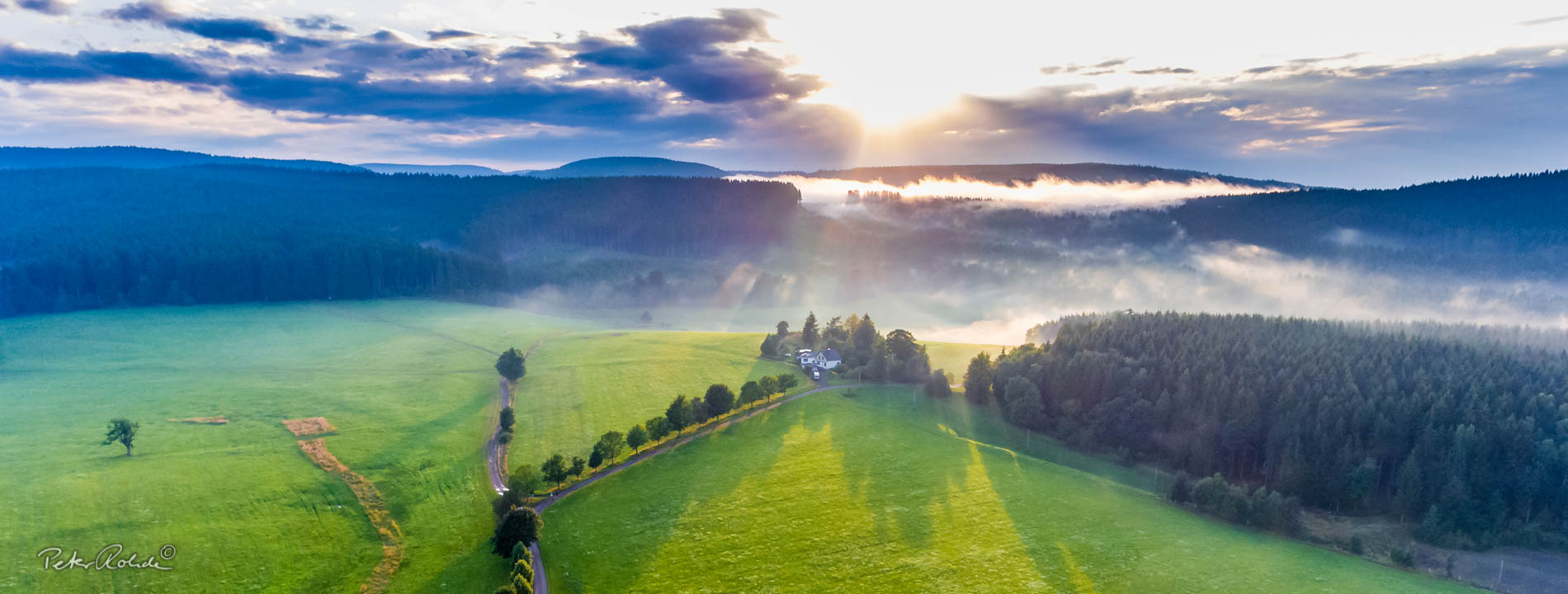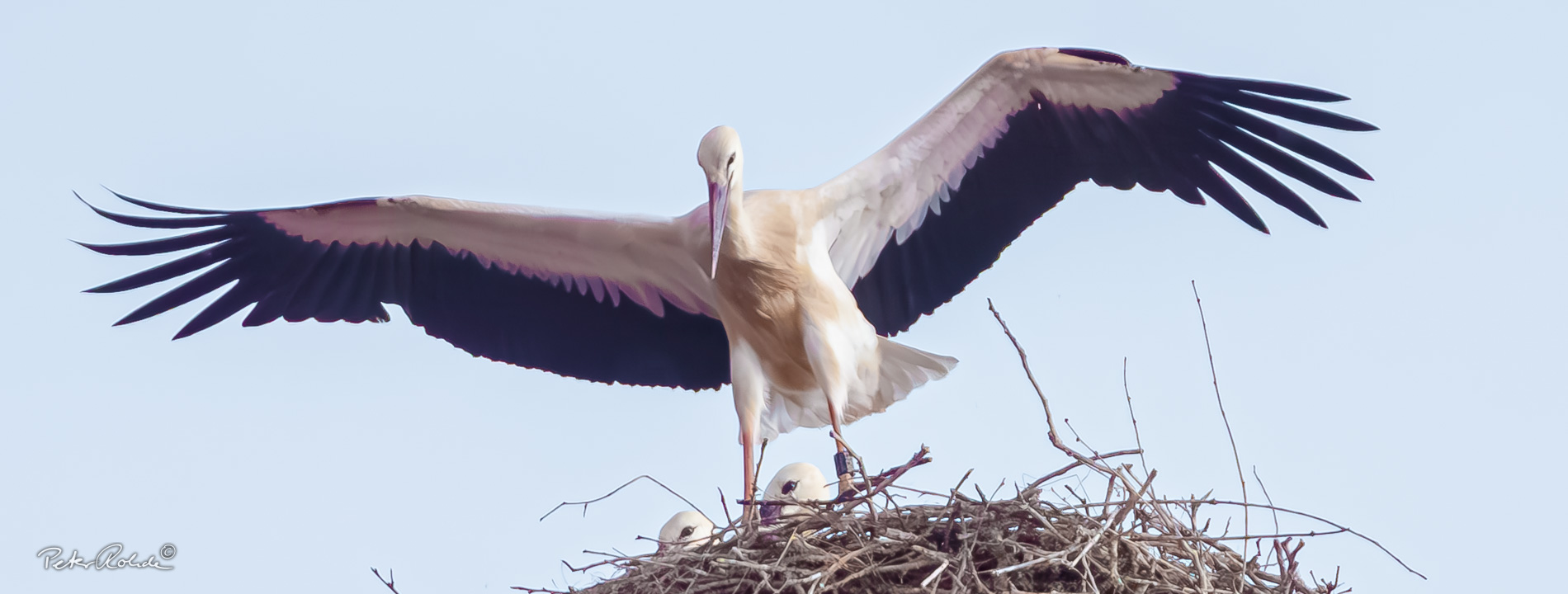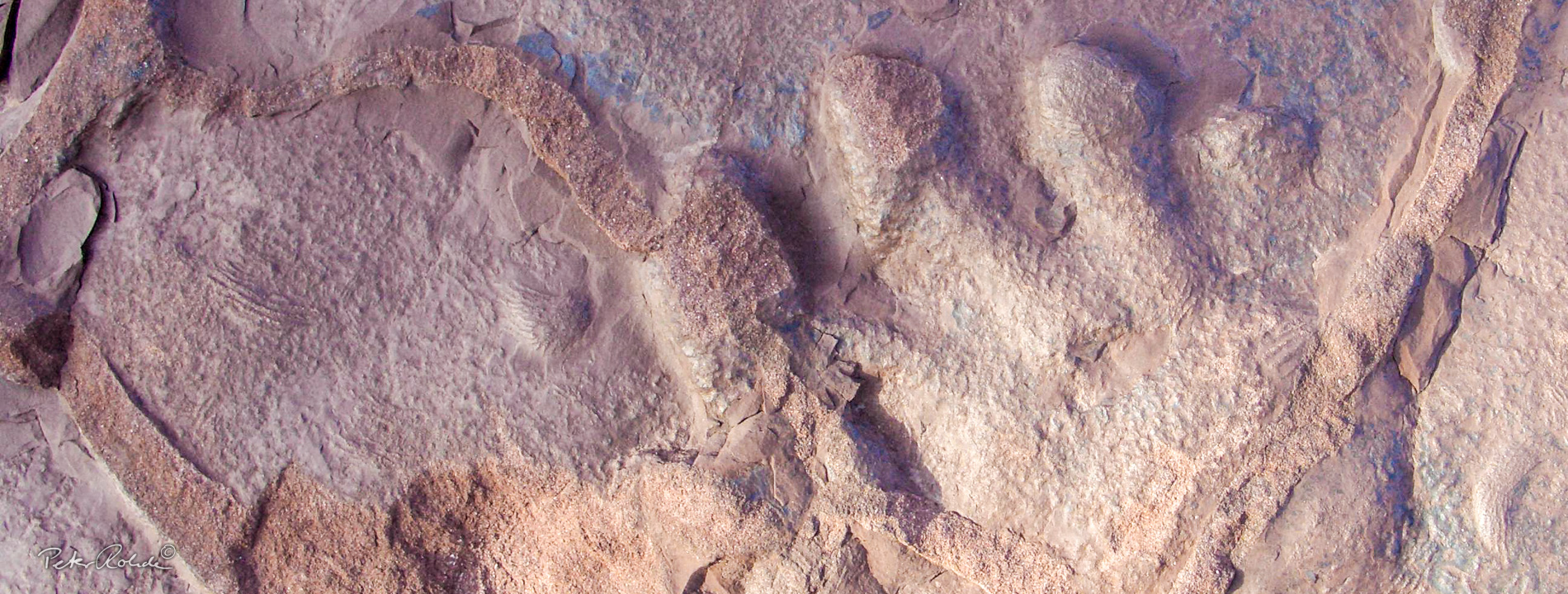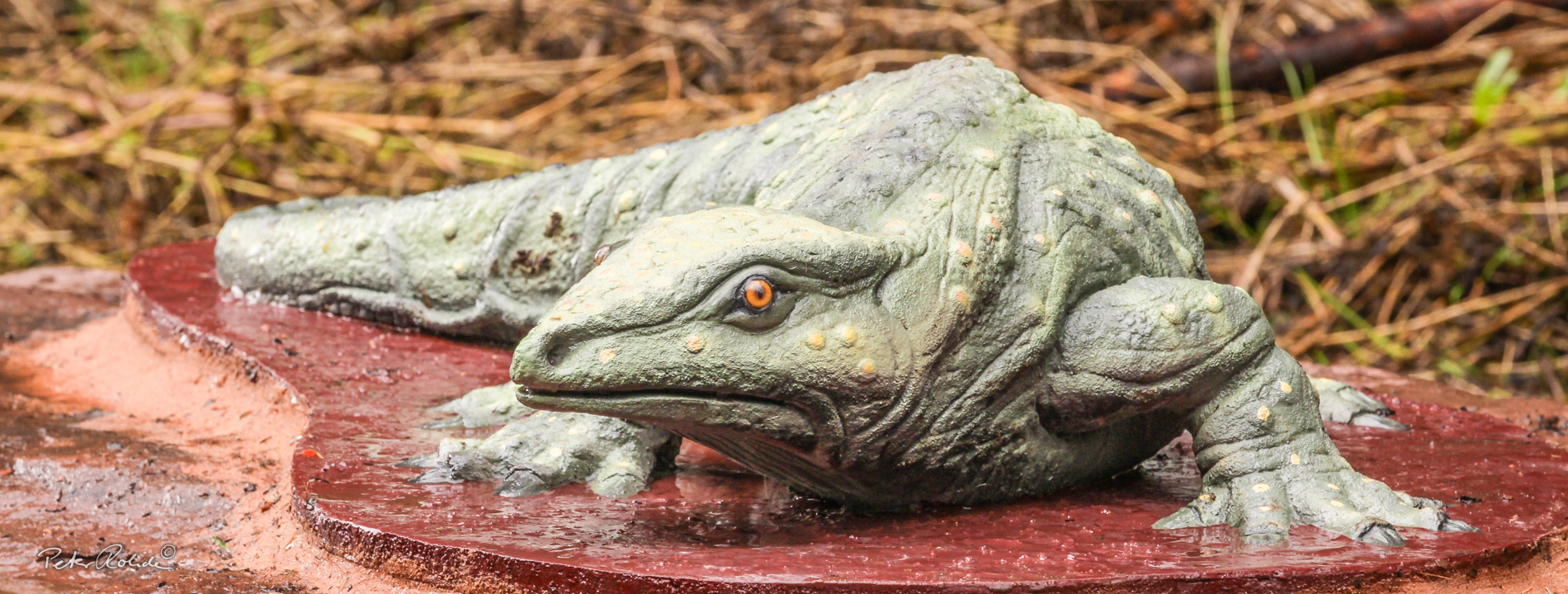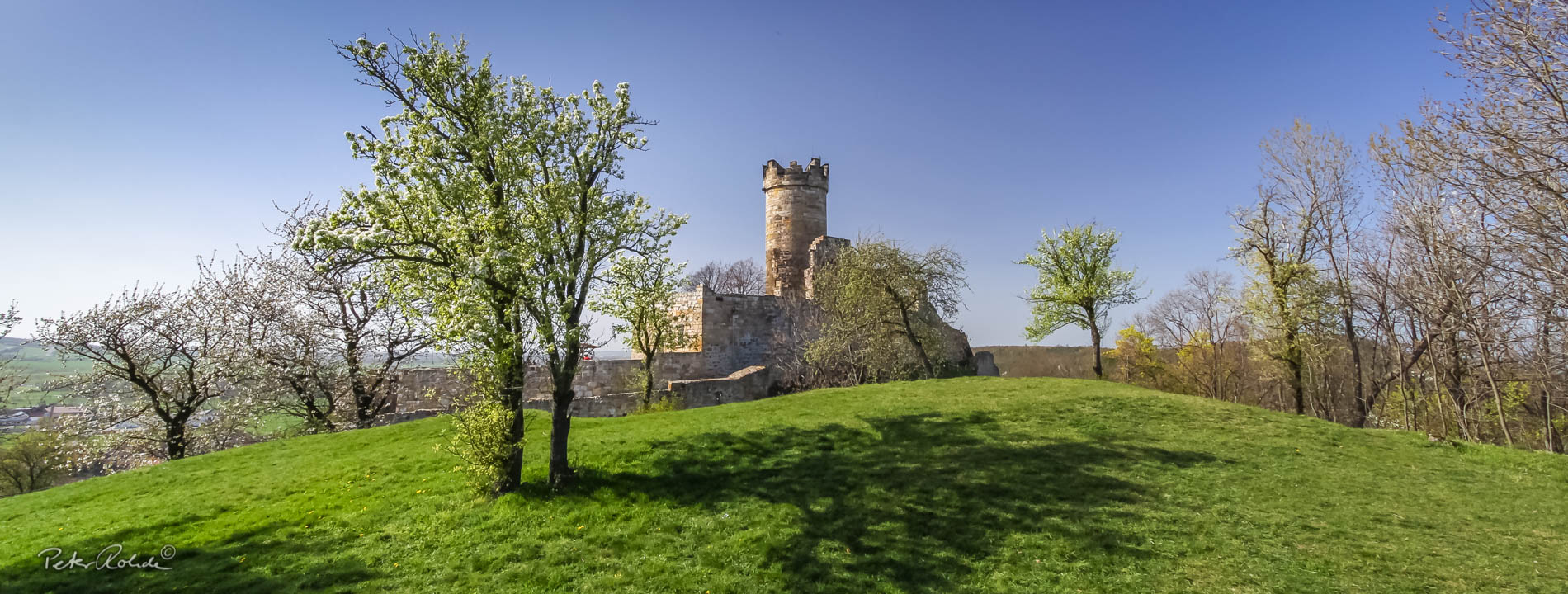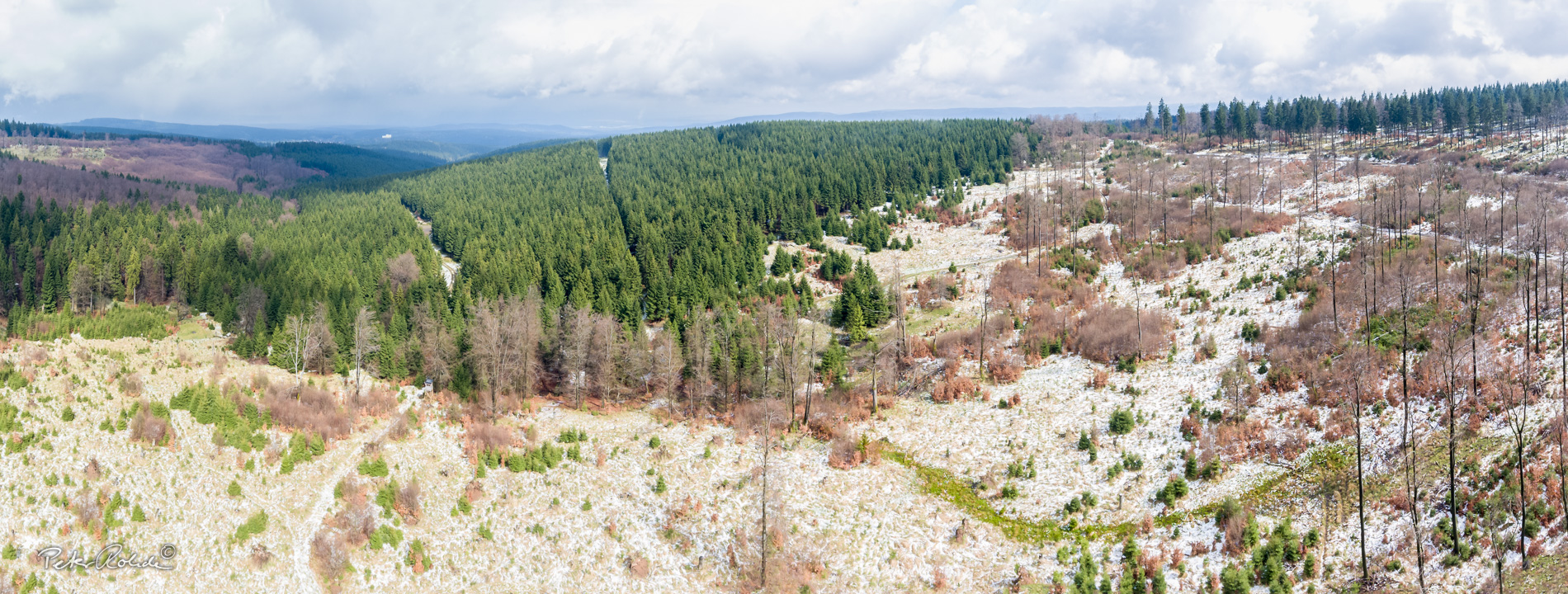Museum für Naturkunde Berlin & UNESCO Geopark Thuringia Inselsberg - Drei Gleichen
The Bromacker, a famous fossil site in the UNESCO Geopark Thuringia Inselsberg - Drei Gleichen in central Germany, is a unique fossilised ecosystem in the interior of the supercontinent Pangaea and a window into the time around 290 million years ago. The new study by the team from the Museum für Naturkunde Berlin and national and international partners now describes a new species of small early tetrapod from this site: Bromerpetonsubcolossus.
It revealed an exceptionally well-preserved right forelimb with five fingers - an unusual feature in Recumbirostra, which otherwise only have four or three fingers on their hands. "The presence of five fingers in Bromerpeton is interesting, as it indicates that the number of fingers in the Recumbirostra was originally five and was only later reduced to four or three in the course of evolution," says Prof Jörg Fröbisch, a specialist in fossil vertebrates at the Museum für Naturkunde Berlin.
The Bromerpeton is small, but nevertheless provides a great deal of new information about the evolution and ecology of early tetrapods and in particular the Recumbirostra. The discovery also contributes to our understanding of the diversity of the Lower Permian bromacker ecosystem.
The complete press release of the Museum für Naturkunde Berlin can be viewed here.


